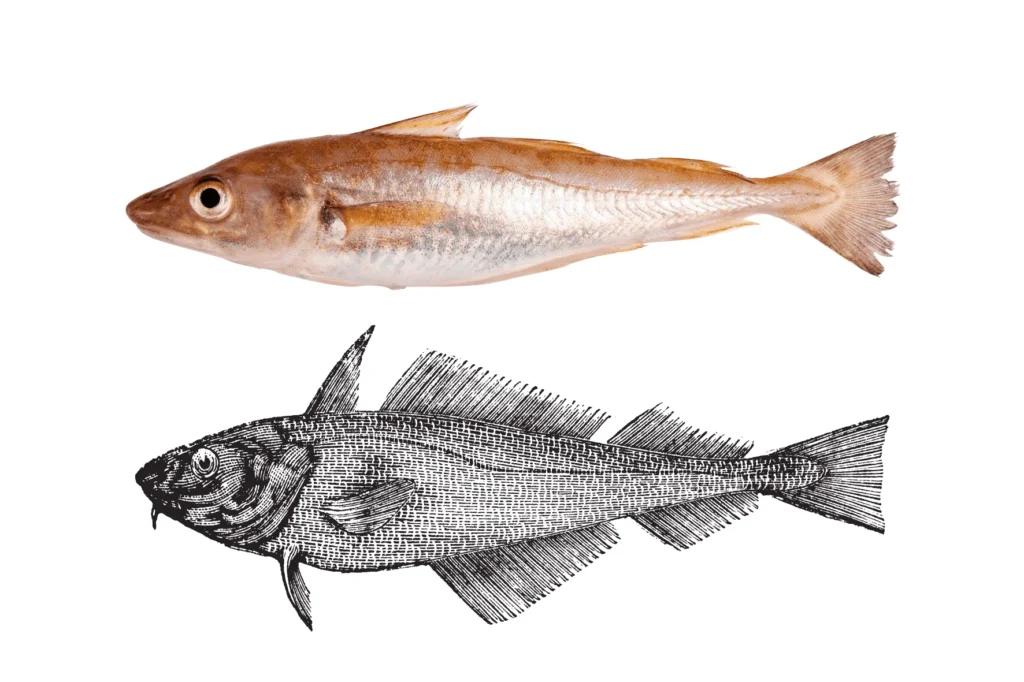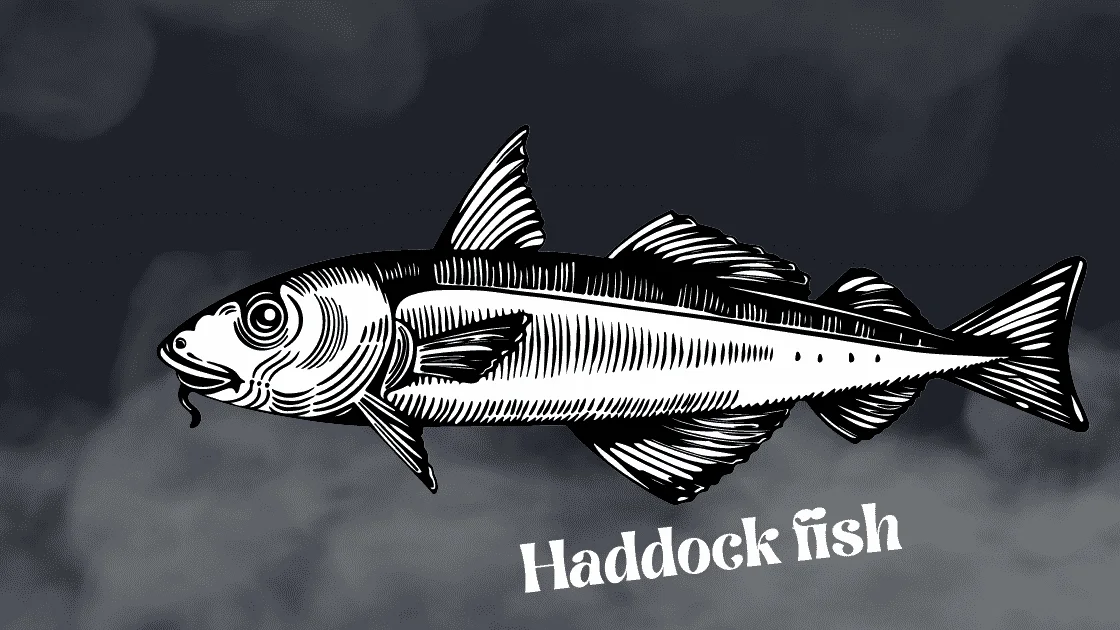Haddock is a popular and versatile fish that holds a special place in cuisines around the world. Known for its tender flesh and mild flavor, codfish is a favorite among seafood lovers for its culinary versatility and nutritional value. In this comprehensive article, we explore the world of haddock, including its ecological importance, health benefits, culinary uses and conservation challenges.
The World of Haddock
Haddock (Melanogrammus aglafinus) is a member of the cod family and is closely related to other white fish such as cod and pollock. It is commonly found in the North Atlantic Ocean, particularly in the waters around Iceland, the North Sea and the east coast of North America.
Codfish are known for their smooth, silvery bodies and distinctive black spots on their pectoral fins, often called “St. Peter’s Mark”. The fish can reach lengths of up to 3 feet and typically weigh between 3 and 10 pounds, although larger specimens have been recorded.
Mahi Mahi | Exploring the Colorful and Flavorful Fish of the Tropics
The Firefish Goby | Secrets of the Colorful Underwater Marvels
Ecological Significance
Haddock are both predator and prey and play an important role in marine ecosystems. As predators, codfish eat small fish, crustaceans and invertebrates, helping to control the population of these species. As a predator, codfish provides an important food source for large fish, marine mammals and seabirds.
The species’ preference for colder, deeper waters and its migration patterns contribute to its adaptation and ecological importance. The presence of codfish supports healthy marine ecosystems and contributes to the overall biodiversity of the ocean.
Health Benefits
Haddock is a nutritious food with many health benefits. Its white, lean flesh is rich in protein, vitamins and minerals:
- High quality protein: codfish is an excellent source of protein, which is essential for muscle growth, repair and overall health.
- Low fat: codfish is a lean fish and is a healthy choice for those who want to maintain a balanced diet.
- Vitamins and Minerals: codfish is a good source of essential vitamins and minerals such as vitamin B12, niacin, magnesium and selenium.
- Heart health: Although codfish is not as high in omega-3 fatty acids as other fish, it still contains good fats that support heart health.
- Bone health: The vitamin D and phosphorus in fish helps in maintaining healthy bones and teeth.
Culinary Uses
Haddock has a mild flavor and tender meat, making it a versatile ingredient in a variety of cooking. Here are some popular ways to enjoy haddock:
- Grilled Haddock: Grilled codfish enhances its natural flavor and creates a soft, flaky texture. Add vanilla, lemon and butter for a delicious treat.
- Fried Haddock: A great alternative to fish and chips, fried codfish is a much-loved British dish. The crispy crust complements the tender fish flesh.
- Haddock Soup: codfish soup is a delicious, comforting soup made with codfish, potatoes, onions and cream. This is a perfect dish for cold weather.
- Smoked haddock: Also known as finan hadi, smoked codfish has a rich, smoky flavor and is often used in curries and fish dishes.
- Grilled Haddock: Grilled codfish with herbs and spices to bring out the natural sweetness, imparts a nice smoky flavor.

Conservation Challenges
Codfish populations face challenges from poaching, habitat destruction and climate change. In some areas, codfish stocks are overfished, causing their numbers to decline. In addition, changes in ocean temperature and currents can affect the distribution and abundance of codfish.
Codfish conservation efforts include implementing sustainable fishing practices, such as catch limits, size limits and closed seasons, to allow stocks to recover. Cooperation between governments, fisheries and conservation organizations is critical to ensuring the long-term sustainability of codfish stocks.
Supporting Sustainable Haddock
As consumers, we have a role to play in supporting sustainable codfish farming practices. Look for codfish products certified by organizations such as the Marine Stewardship Council (MSC), which ensures that the fish comes from responsibly managed fisheries.
Another option is to source locally caught codfish from small-scale fisheries, which often use more sustainable fishing methods. By making smart choices, we can contribute to the preservation of codfish populations and marine ecosystems.
Conclusion
Codfish is a versatile and delicious fish that is nutritious and a joy to cook. Its role in marine ecosystems and its popularity in global cuisines make it a favored species. By supporting sustainable fishing practices and making informed choices as consumers, we can ensure that codfish remain part of our world for generations to come.


5 thoughts on “Haddock | The Versatile and Flavorful Fish”